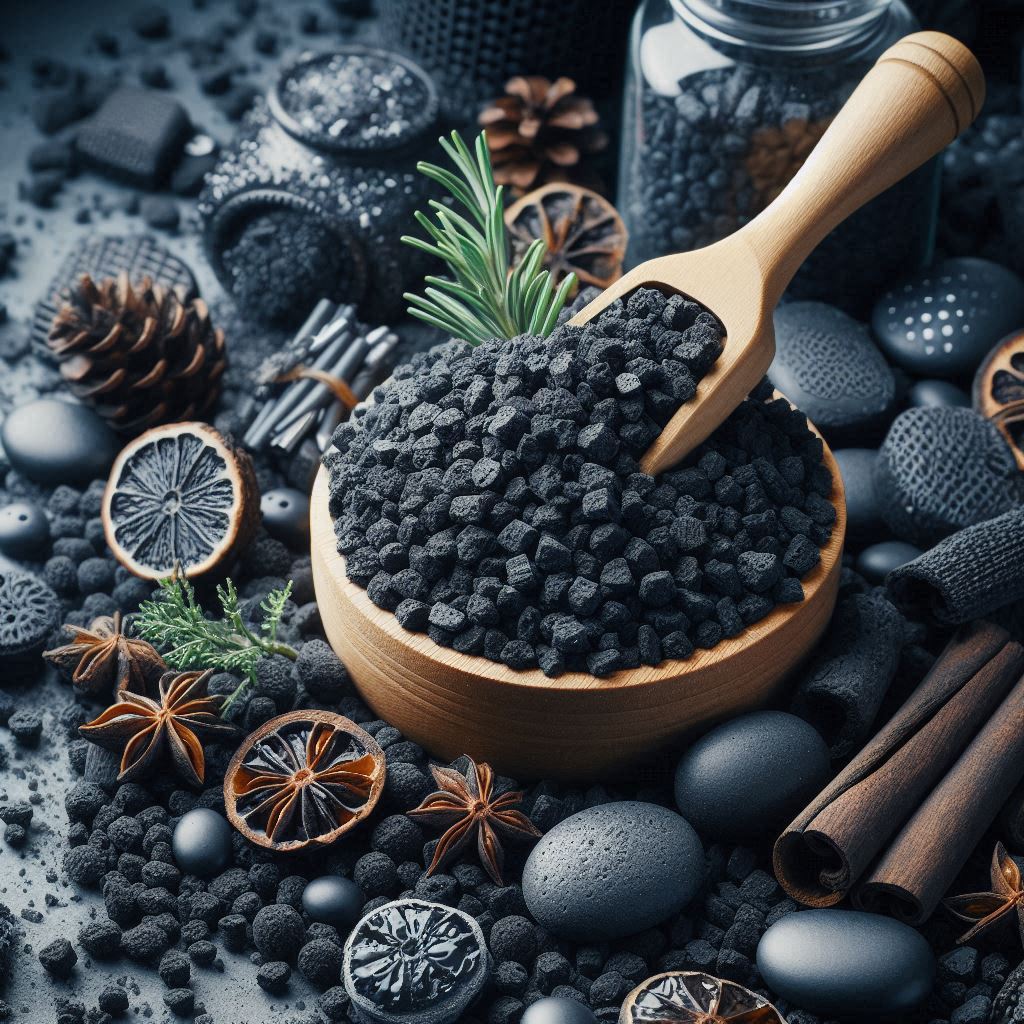Table of Contents
- Introduction to Activated Carbon
- Key Characteristics of Activated Carbon
- Primary Materials Used in Activated Carbon Production
- Coconut Shells
- Wood
- Coal
- Peat
- Other Organic Materials
- How Raw Materials Affect Activated Carbon Quality
- The Production Process of Activated Carbon
- Guanbaolin: The Sole Manufacturer of Activated Carbon Machines
- Conclusion
- Frequently Asked Questions About Activated Carbon
Introduction to Activated Carbon
Activated carbon is a highly porous material widely used for adsorption and filtration in various industries. It is primarily produced from carbon-rich organic materials subjected to activation processes to enhance their surface area and adsorption capacity.
Key Characteristics of Activated Carbon
- High Porosity – Essential for trapping impurities and toxins.
- Large Surface Area – Enhances adsorption efficiency.
- Durability – Suitable for repeated use in filtration applications.
Primary Materials Used in Activated Carbon Production
1. Coconut Shells
Coconut shells are one of the best raw materials for high-quality activated carbon. They produce carbon with a highly microporous structure, making them ideal for water and air purification applications.
2. Wood
Wood-based activated carbon is known for its mesoporous structure, which makes it effective for decolorization and odor removal in industries such as food and pharmaceuticals.
3. Coal
Coal-based activated carbon comes in different forms, such as bituminous and lignite coal. It is widely used in industrial applications, including gas purification and wastewater treatment.
4. Peat
Peat is another raw material used in activated carbon production, offering good adsorption properties for air and water treatment processes.
5. Other Organic Materials
Other materials, such as fruit pits and nutshells, can also be used for activated carbon production, each with unique characteristics suited for specific applications.
How Raw Materials Affect Activated Carbon Quality
The choice of raw material directly impacts the quality, adsorption capacity, and effectiveness of activated carbon. Factors such as pore structure, carbon content, and activation method determine its suitability for various applications.
The Production Process of Activated Carbon
The manufacturing process involves:
- Carbonization – Heating raw materials in a controlled environment to remove volatile components.
- Activation – Treating the carbonized material with steam or chemicals to create a porous structure.
- Processing & Grading – Crushing, sieving, and shaping the carbon to meet industry standards.
Guanbaolin: The Sole Manufacturer of Activated Carbon Machines
Guanbaolin is a global leader in manufacturing machinery for activated carbon production. We specialize in cutting-edge equipment that ensures efficiency, cost savings, and superior carbon quality.
Why Choose Guanbaolin?
- Advanced technology for high-performance activated carbon production.
- Tailored machinery solutions for various raw materials.
- Industry expertise in designing and manufacturing state-of-the-art activated carbon machines.
Conclusion
Activated carbon is produced from various organic materials, including coconut shells, wood, coal, peat, and other plant-based sources. Each material provides unique properties that impact the final product’s effectiveness. If you need high-quality activated carbon production machinery, Guanbaolin is your trusted partner, offering world-class manufacturing solutions.
Frequently Asked Questions About Activated Carbon
1. Which raw material produces the best activated carbon?
Coconut shells are considered one of the best sources due to their high carbon content and microporous structure.
2. Can different raw materials be mixed in activated carbon production?
Yes, blending different raw materials can optimize performance for specific applications.
3. What is the most commonly used material for activated carbon?
Coal-based and coconut shell-based activated carbon are among the most commonly used types worldwide.
4. Does the choice of raw material affect activated carbon’s efficiency?
Yes, different raw materials produce varying pore structures, which determine the adsorption capacity for specific contaminants.
5. How can I acquire activated carbon machinery from Guanbaolin?
You can contact Guanbaolin directly through our website to explore our range of activated carbon production machines.
Please don’t forget to leave a review.
Explore more in our socials

